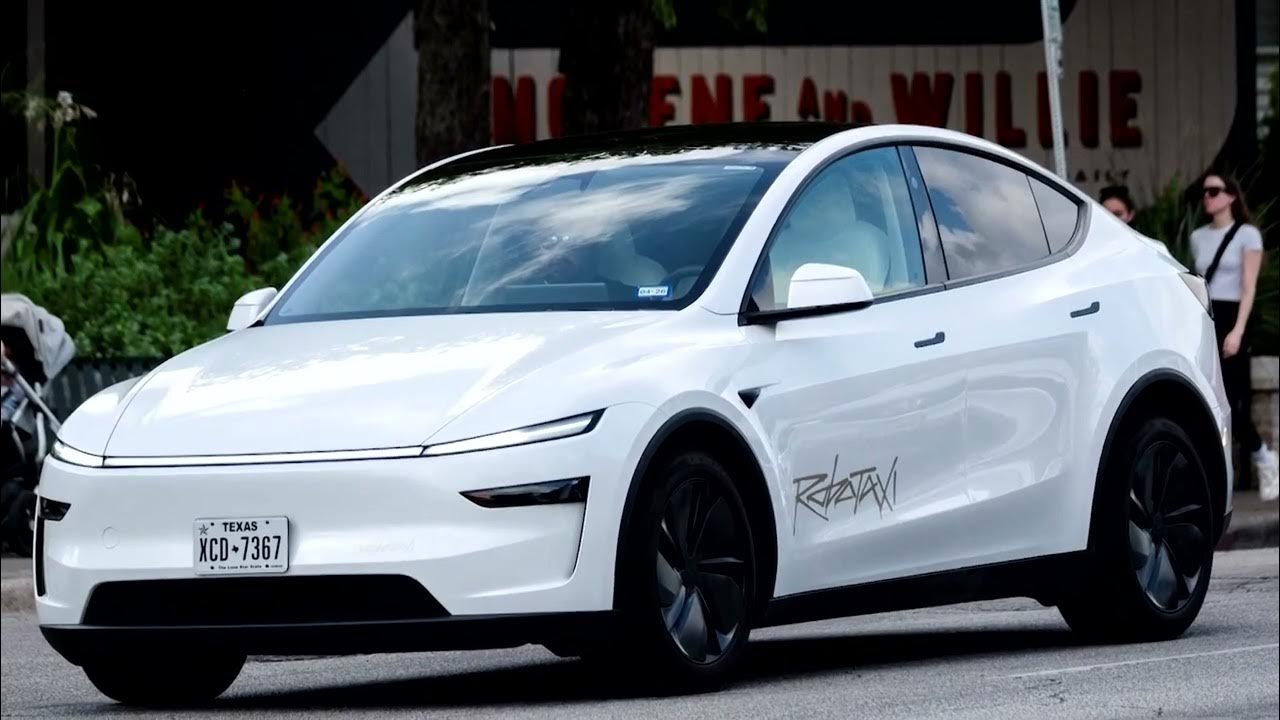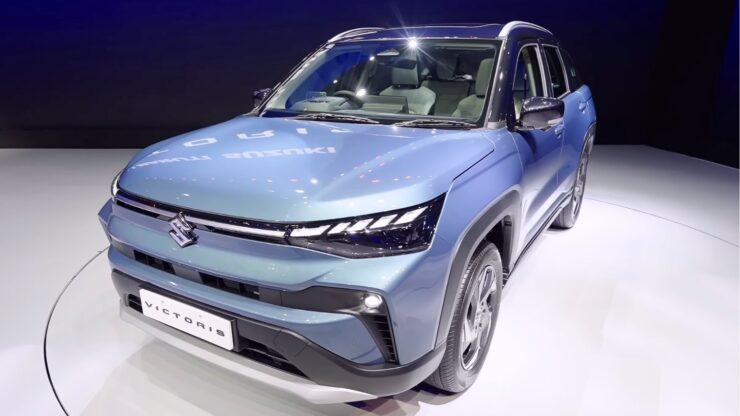Now Reading: Tesla’s Robotaxi Hits the Road in Texas, Sparks Global Buzz Around Future of Urban Transport
-
01
Tesla’s Robotaxi Hits the Road in Texas, Sparks Global Buzz Around Future of Urban Transport
Tesla’s Robotaxi Hits the Road in Texas, Sparks Global Buzz Around Future of Urban Transport

Tesla’s long-anticipated robotaxi service has finally taken its first step onto public roads, with initial rides launched in Austin, Texas. The development sent Tesla shares soaring and reignited global interest in autonomous transport. As countries like India explore smart mobility solutions, the success of Tesla’s robotaxi model could hold insights for emerging urban centers, especially in Tier 2 cities eager to upgrade their public and private transport systems.
What Is the Tesla Robotaxi?
The Tesla robotaxi is a fully autonomous, driverless electric vehicle designed for ride-hailing services without human intervention. Equipped with advanced cameras, sensors, and Tesla’s Full Self-Driving (FSD) software, the vehicle can navigate traffic, make decisions in real-time, and operate with minimal human input.
The company has hinted at future plans for a dedicated robotaxi fleet, which would be more cost-efficient and environmentally friendly than traditional cab services.
Why It’s a Big Deal Globally
Tesla’s robotaxi rollout marks a major milestone in autonomous vehicle technology. While companies across the US, China, and Europe have been testing self-driving cars, Tesla’s real-world service launch is being viewed as a game-changer. Investors responded immediately, with the company’s stock jumping significantly after the news.
For global tech and transport industries, this opens the door to a new era where driverless mobility could become a reality in daily life.
Relevance to India and Tier 2 Cities
India is still far from launching fully autonomous vehicles, but the ripple effect of Tesla’s progress may soon be felt. With rapid urbanisation in Tier 2 cities like Nagpur, Coimbatore, Indore, and Lucknow, there’s rising demand for efficient and sustainable mobility solutions. If adapted carefully, elements of autonomous technology could assist in improving public transport safety, reducing traffic congestion, and lowering emissions.
Companies and startups in India are already working on semi-autonomous features and EV-based fleet services. Tesla’s success could provide both technical inspiration and policy benchmarks for such efforts.
Challenges and Cautions
Despite the hype, experts warn that autonomous vehicles still face hurdles, including legal approval, safety validations, and public acceptance. In countries like India, where traffic conditions are far more unpredictable than in Western cities, implementation would require extensive localization and testing.
Affordability, infrastructure readiness, and ethical concerns about automation replacing human drivers are also critical considerations.
Conclusion
Tesla’s robotaxi debut in Austin may be a small step for the company, but it’s a big leap for the future of mobility. For India and its aspiring smart cities, the development offers a glimpse into what’s possible with the right blend of innovation and planning. While fully autonomous taxis may not arrive on Indian roads soon, their underlying technologies could shape the next generation of urban transport across metros and emerging cities alike.

























